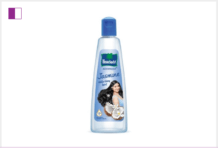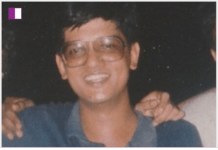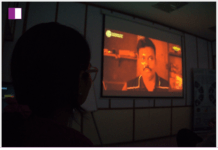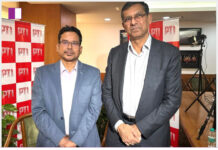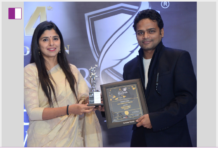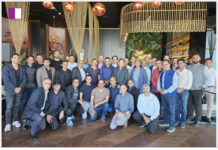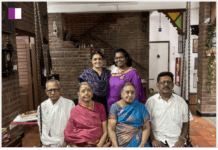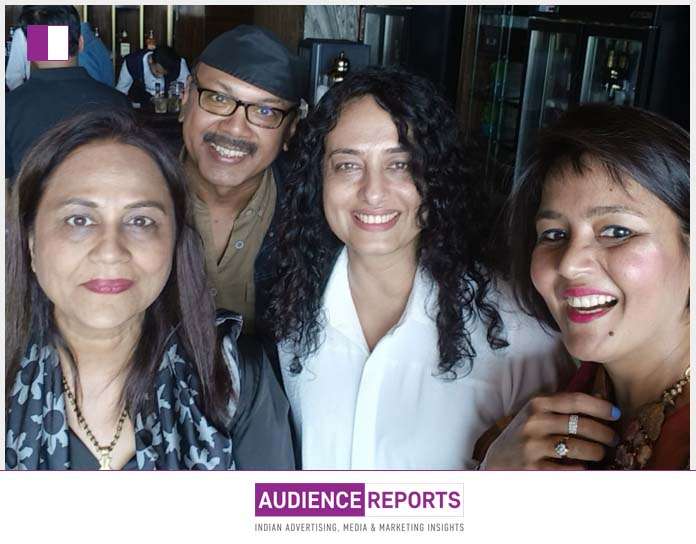Vani Gupta Dandia, a Marketing Consultant, Visiting Faculty at Ashoka University, and Senior Advisor at KPMG, recently shared intriguing insights from a roundtable discussion she moderated in Bombay. Organized by Brown Forman, the event brought together industry leaders to delve into the nuances of India’s affluent consuming class. Vani Gupta Dandia’s observations provide a comprehensive understanding of the spending behaviors, preferences, and trends among India’s wealthy.
Vani Gupta Dandia begins by highlighting a striking statistic: India is home to 1.4 million millionaires in US dollars and 300 billionaires. Yet, the country has only one Hermes store in Delhi, with the second one having opened recently in Bombay. This paradox raises questions about the accessibility and visibility of luxury brands in India, suggesting that despite the growing wealth, the market for high-end goods remains niche and concentrated.
One of the key points Vani Gupta Dandia discusses is the generational shift in spending behavior. Today’s affluent youth are the first generation of spenders raised by the first generation of conservative savers. This dynamic creates a unique market where the younger generation’s spending habits differ significantly from their parents’ frugality. Vani Gupta Dandia’s insights here shed light on the evolving consumer landscape in India, where traditional values intersect with modern aspirations.
Vani Gupta Dandia shares an interesting anecdote from Viral, who noticed that luxury showrooms in Emporio Mall, Delhi, were often empty. Upon inquiry, he learned that these stores serve primarily as showcases. The ultra-rich know what they want and prefer to have their purchases delivered to their homes. This highlights a crucial aspect of luxury retail in India: the experience and service are as important as the product itself. Vani Gupta Dandia’s observation underscores the importance of personalized service in catering to high-net-worth individuals.
Another fascinating trend that Vani Gupta Dandia points out is the significant shift towards online shopping. For instance, 42% of Michael Kors sales in India happen through Tata Cliq. This trend indicates a growing comfort with e-commerce among India’s affluent, who are increasingly turning to online platforms for their luxury purchases. Vani Gupta Dandia’s analysis suggests that brands need to bolster their digital presence to capture this market segment effectively.
Vani Gupta Dandia also delves into the dichotomy between what people show off and what they actually consume. This distinction has profound implications for how brands position themselves and build value. Luxury brands need to understand the difference between aspirational marketing and genuine consumption to craft strategies that resonate with their target audience.
The discussion also touched on the role of celebrities in luxury branding. Vani Gupta Dandia mentions that while many brands invest heavily in celebrity endorsements, some like Jack Daniels have never paid for a celebrity yet enjoy widespread recognition thanks to organic associations with famous personalities. This insight points to the power of authentic brand affiliations over paid endorsements, a lesson for marketers looking to build lasting brand equity.
A growing sense of pride in Indian products and heritage is another trend Vani Gupta Dandia highlights. This sentiment is rapidly gaining momentum, influencing purchasing decisions and brand loyalty. As younger generations increasingly value authenticity and cultural pride, brands that embrace and promote Indian heritage can find significant opportunities for growth.
Vani Gupta Dandia also raises the question of legacy and its importance to younger consumers. While legacy brands have traditionally held sway, there is a shift towards valuing innovation and contemporary relevance. This shift demands that legacy brands evolve to stay relevant to younger, discerning consumers.
Vani Gupta Dandia emphasizes a fundamental marketing truth: while the principles of brand building remain unchanged, the methods have evolved. Modern marketing jargon like growth hacking and performance marketing all aim towards sustainable, long-term growth. This perspective is crucial for marketers to balance innovative tactics with foundational principles.
The coexistence of “India” and “Bharat” within metro cities, as noted by Vani Gupta Dandia, underscores the diverse socioeconomic landscape. Marketers must navigate this complexity to effectively reach both affluent and less affluent consumers, recognizing that these segments cannot be neatly demarcated.
Vani Gupta Dandia also brings attention to the significant role women play in driving luxury consumption. This growing influence opens up new avenues for brands to explore gender-specific marketing strategies and product offerings.
Lastly, Vani Gupta Dandia touches on the aspiration versus discernment debate. While there is a strong desire for luxury, there is also a need for brands to meet the discerning standards of affluent consumers. This balance is critical for brands aiming to establish a strong foothold in the luxury market.
Vani Gupta Dandia’s insights from the roundtable discussion provide a nuanced understanding of India’s affluent consuming class. Her observations highlight the importance of personalization, digital presence, cultural pride, and evolving consumer preferences in shaping successful marketing strategies. As Vani Gupta Dandia continues to contribute her expertise as a marketing consultant, visiting faculty, and senior advisor, her perspectives will undoubtedly guide brands in navigating the dynamic landscape of India’s luxury market.




